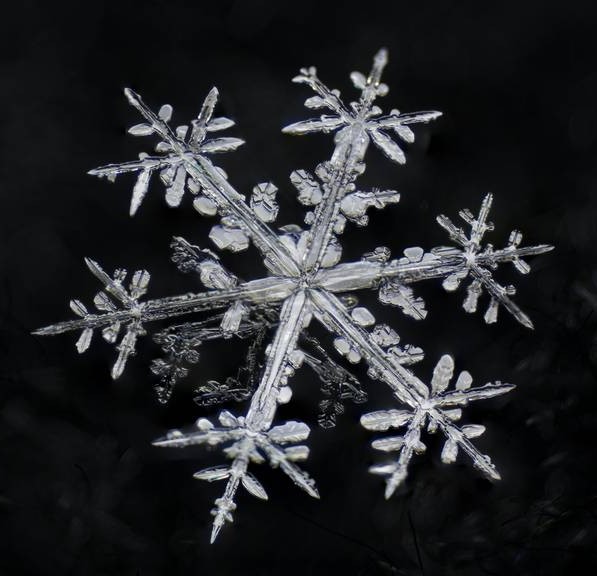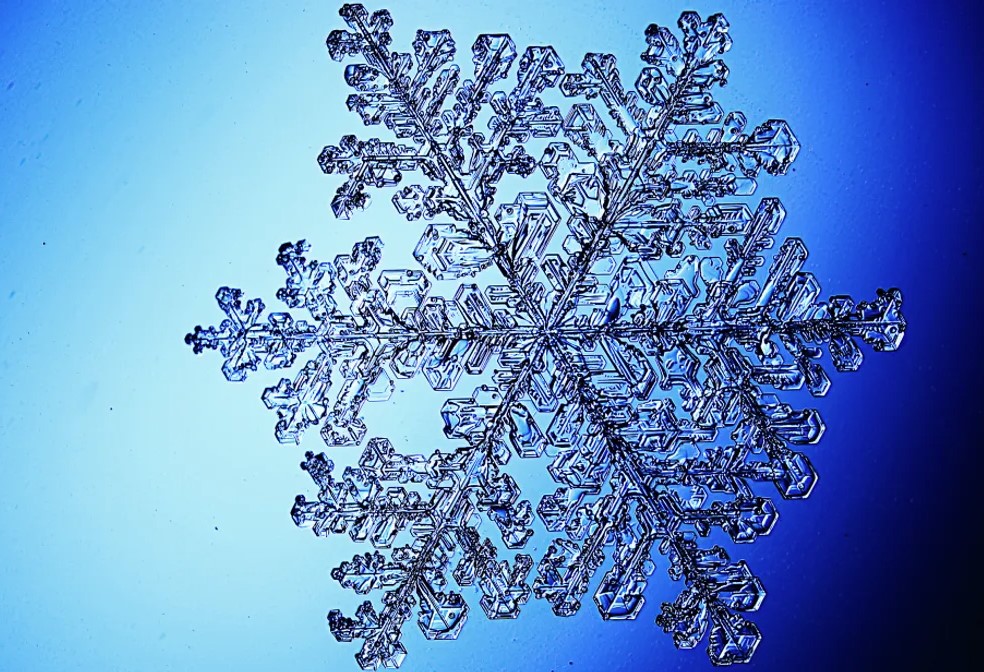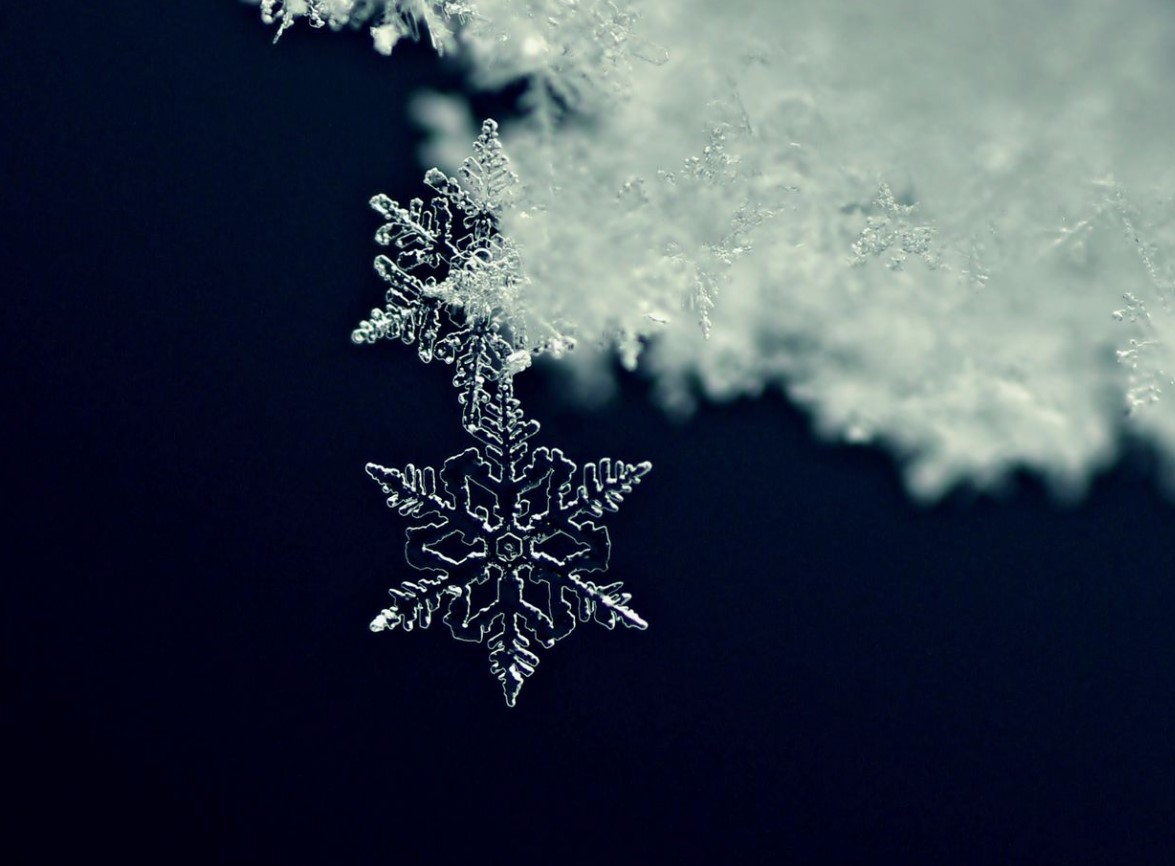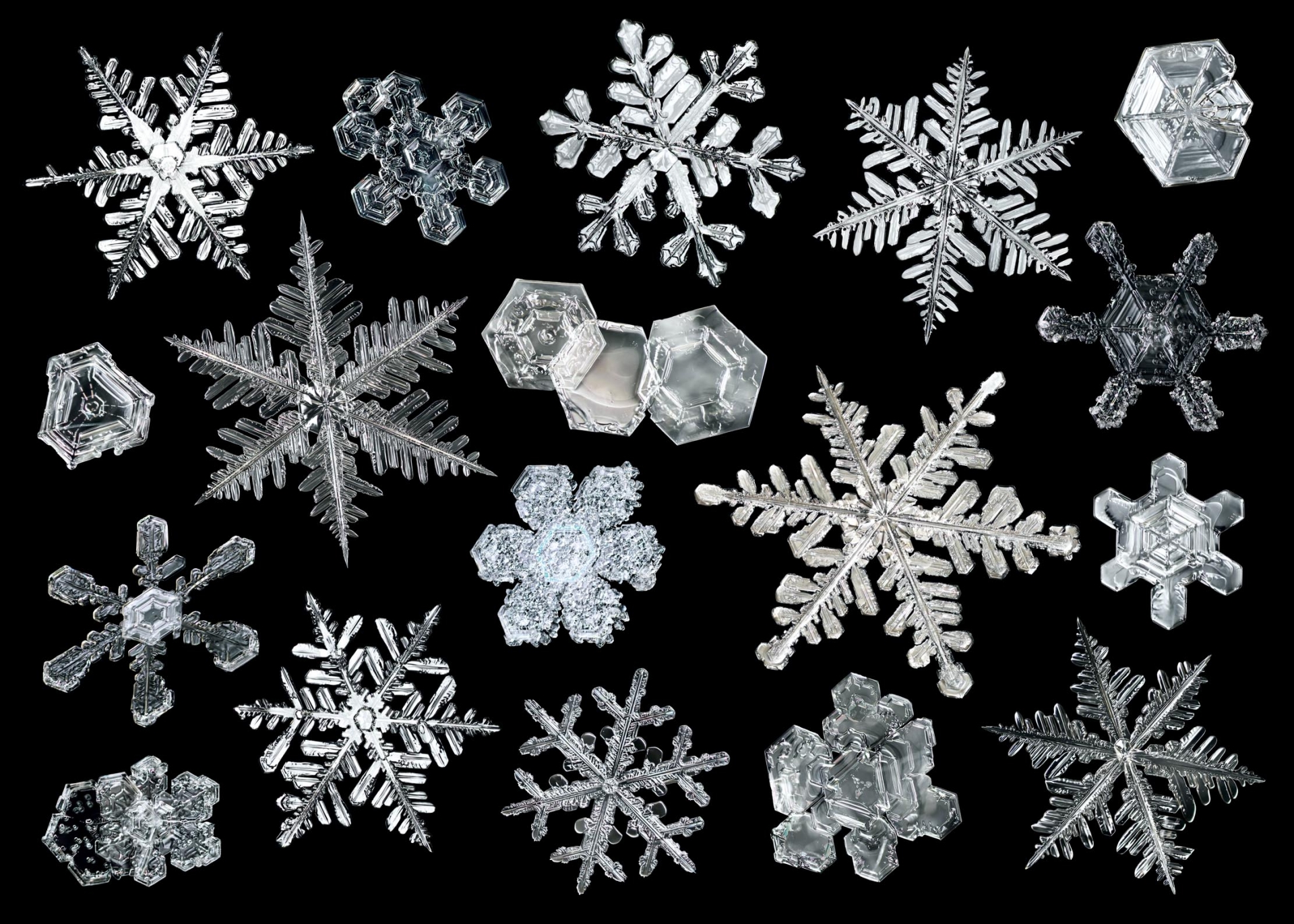The discovery of the gigantic snowflake in the USA
In 1887, during a fierce winter storm on the night of January 27, Matt Coleman made a remarkable discovery.
The snowflakes that fell over the Clark Fork River valley in Montana, USA, near Matt Coleman's ranch, were described as "larger than a large pizza."

The Guinness Book of Records reports that these snowflakes measured up to an astonishing 1 ft 3 in (38 cm) in width and 8 in (20 cm) in thickness. It was a truly awe-inspiring sight.
Measuring an impressive 10 millimeters (0.39 inches) from tip to tip, this particular snow crystal stands out for its size.
While it may not sound enormous at first, it's important to note that a typical stellar dendrite, a common type of snowflake, has a diameter of around 2 to 4 millimeters.
Therefore, the size of the crystal observed by Dr. Libbrecht is indeed quite substantial in comparison.

Understanding the formation of snowflakes
According to the National Oceanic and Atmospheric Administration (NOAA), a snowflake begins to form when an extremely cold water droplet freezes onto a pollen or dust particle in the sky.
This initial ice crystal serves as the foundation for the snowflake. As it descends, water vapor freezes onto the primary crystal, creating new crystals and forming the characteristic six arms of a snowflake.
Each snowflake follows a distinct path from the sky to the ground, encountering varying atmospheric conditions along the way.
As a result, snowflakes exhibit an extraordinary range of shapes and patterns.

They can resemble prisms, needles, or the familiar lacy structures we often associate with snowflakes.
This inherent diversity in their formation and journey through the atmosphere contributes to the individuality of each snowflake.
Dr. Kenneth Libbrecht, a renowned Professor of Physics at Caltech, has dedicated his career to studying snow crystals.
In a conversation with IFL Science, Dr. Libbrecht humorously pointed out the scientific community's embarrassment over the lack of comprehensive knowledge regarding the uniqueness of snowflakes.

“That was a puzzle it just seemed like somebody should solve,” he said.
“That’s an embarrassment to the scientific community that we don’t know how that works. I mean, this stuff falls out of the sky.”






